
by Andy South | Aug 7, 2020 | History Article
Foreword – Andy South has revised his book on the Tegetthoff class dreadnought. He was kind enough to share some information about the Tegetthoff class, giving you a small taste of what’s in store. Enjoy his examination of one of the First World...

by Matthew Wright | Jul 22, 2020 | History Article
Britain’s nine Majestic class battleships of the 1890s were the largest single class of battleships ever built. As we saw in the previous article, the class introduced a range of key technologies, and the Admiralty wanted them in order to maintain the ‘two power...

by Matthew Wright | Jul 7, 2020 | History Article
Britain’s Majestic class of the 1890s was the largest class of battleships ever built. In many ways the nine-strong class symbolised the age. The names selected for them were redolent of the period, particularly the neo-classical revival that had become a...

by Matthew Wright | May 15, 2020 | History Article
It’s been said that English is a language that pursues other languages down dark alleys and mugs them for vocabulary, then riffles their pockets for more, and that’s certainly true of a fair number of naval engineering terms. Words such as ‘barbette’, ‘casemate’ and...

by Guest Writer | Apr 21, 2020 | History Article
By Blair Shaw Looking quite out of place in a tiny marina in the town of Zeebrugge Belgium is the former Russian project 641 NATO code name Foxtrot class submarine B-821. B-821 and her seventy-four other sisters would become one of the most produced post World War 2...

by Matthew Wright | Apr 17, 2020 | History Article
In 1920 the British Admiralty proposed a £75 million capital ship programme, revolving around four battlecruisers and four battleships of unprecedented size and power, embodying all the lessons Britain had learned from the First World War and post-war firing tests.[1]...
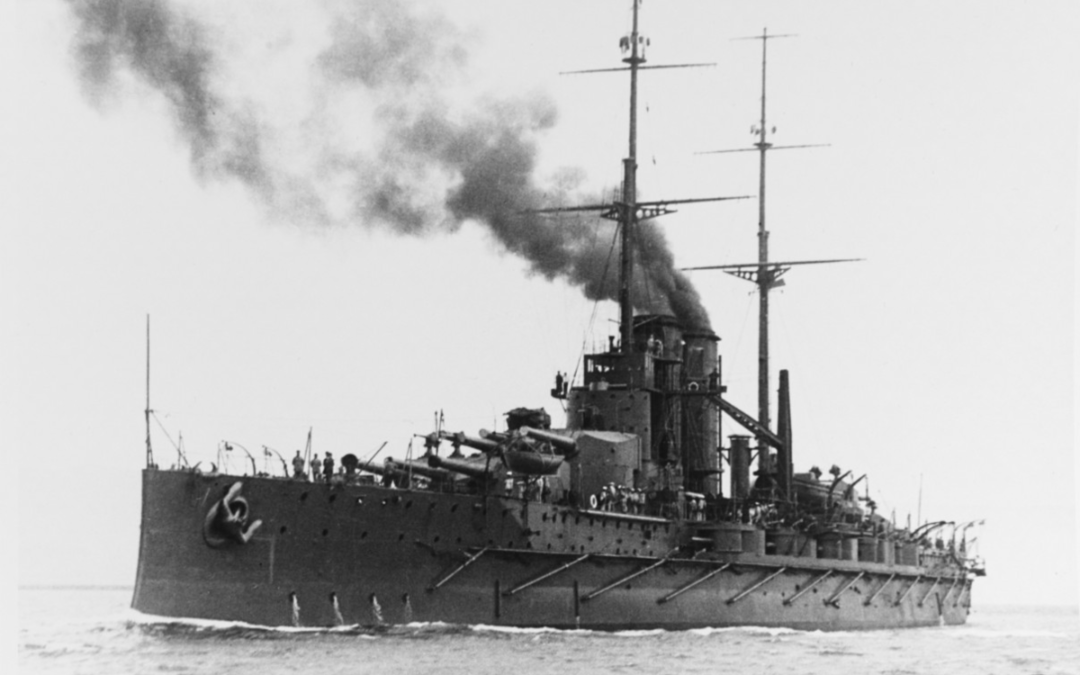

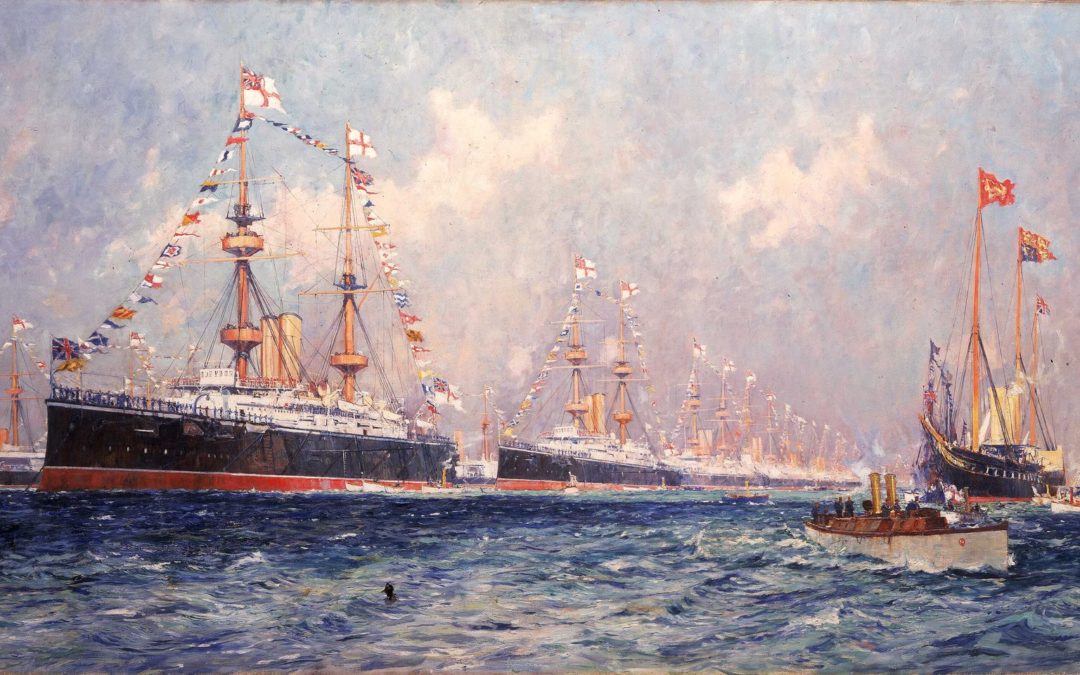
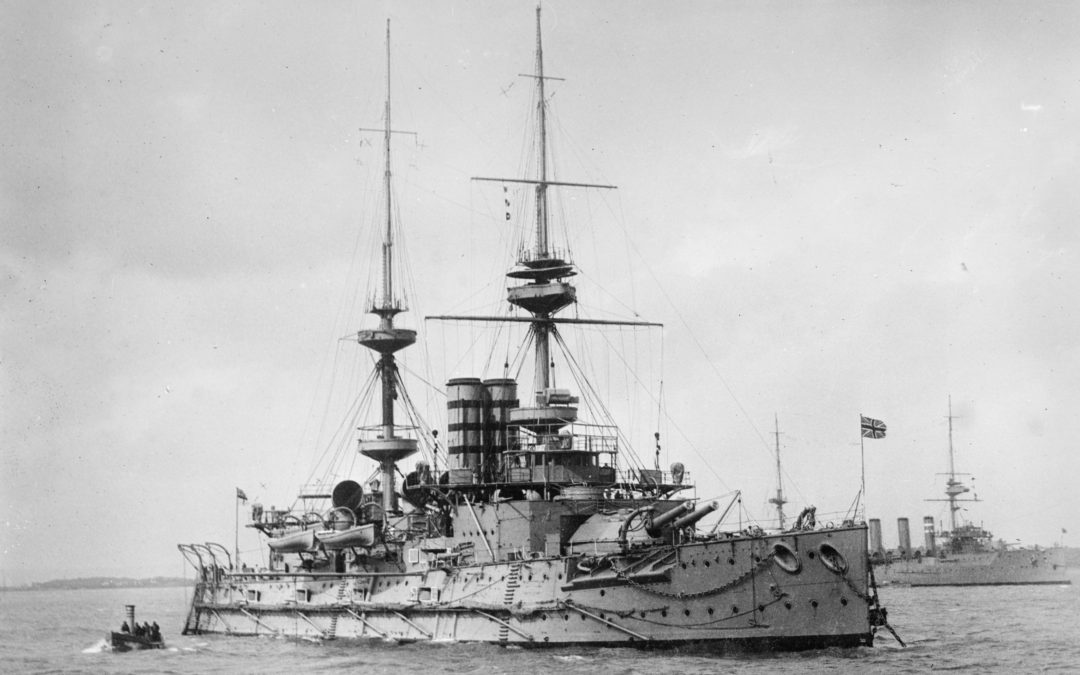
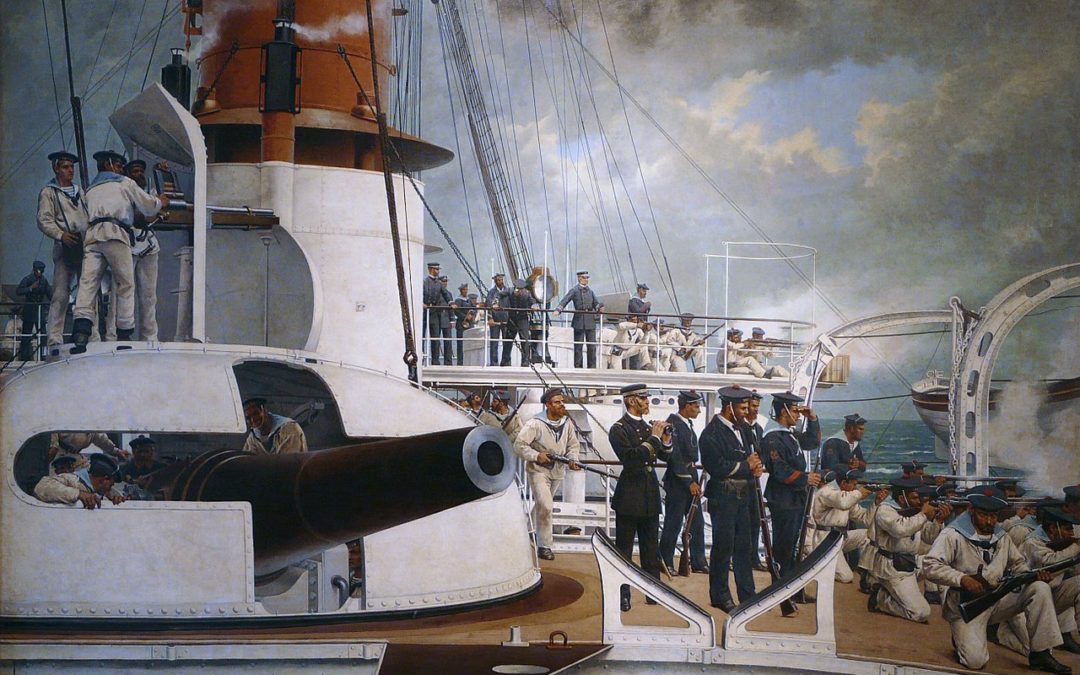

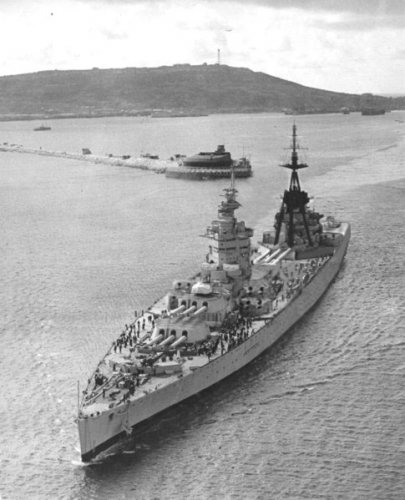


Recent Comments